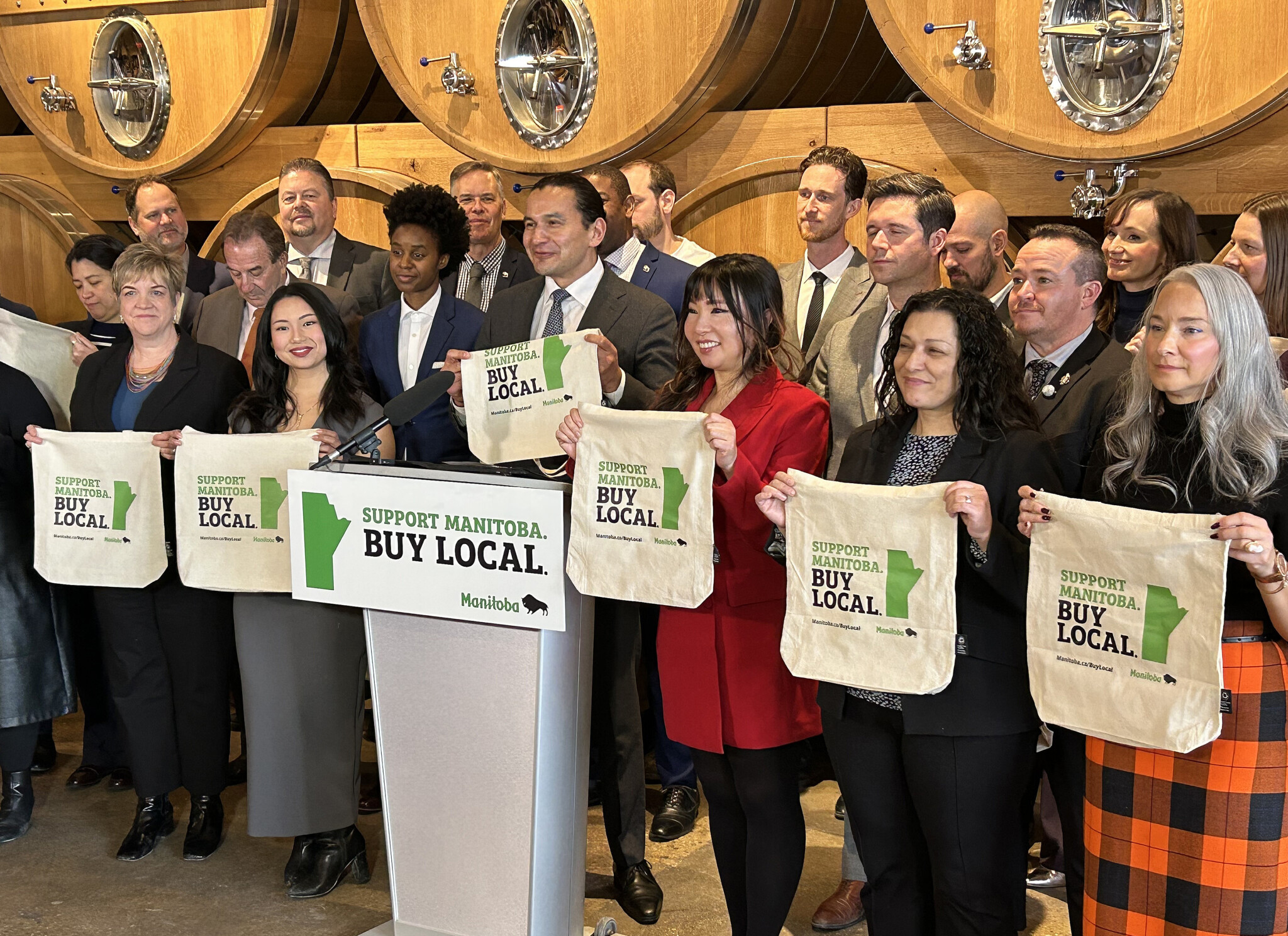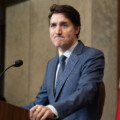Welcome to Need to Know, The Hub’s roundup of experts and insiders providing insights into the economic stories and developments Canadians need to be keeping an eye on this week.
The hidden cost of “‘buy local” campaigns
By Trevor Tombe, professor of economics at the University of Calgary and a research fellow at The School of Public Policy
Over the past few days, there has been a surge in “buy local” campaigns across the country. Newfoundland and Labrador recently introduced one, as has Manitoba with its “Support Manitoba. Buy Local.” $140,000 advertising campaign. Not to be left out, some local governments are getting involved, as are private businesses.
While these campaigns mean well, they might lead to real economic costs if things get out of hand. In the short term, “buy local” may be driven by a desire to shift spending away from U.S. producers. While the actual impact of this is small, such efforts may also be a way to show unity during uncertain times. An entirely valid non-economic objective.
But in the long run, there are downsides. Canada benefits a lot from trade precisely because it lets us each focus on what we do best (whether that’s a country, province, city, or even individual). This helps more productive activities grow while allowing less productive ones to shrink. When governments push “buy local” initiatives—whether by choosing local suppliers for contracts or encouraging consumers to do the same—it can reduce overall trade, not just with the U.S., but between provinces and cities as well. That means we could miss out on the very benefits that trade brings.
Such campaigns may also undermine valuable efforts to boost Canada’s productivity and growth by potentially working against efforts to improve interprovincial trade. Many of the barriers to trade between provinces are tied to regulations, and getting rid of them should be a priority. But if people are pushed to only buy local, it could act like the very barriers that governments (at least rhetorically) want to remove.
Uncertainty with the United States should remind us of the value of trade. Buying local campaigns risk doing the reverse and, in time, might do more harm than good.
Tariffs are back—and sooner than expected
By Joseph Steinberg, associate professor of economics at the University of Toronto.
Canada breathed a sigh of relief last week when President Trump postponed across-the-board tariffs on Canadian products for at least a month. Yesterday, however, he announced a new suite of tariffs: 25 percent on imports of steel and aluminum from all countries, including Canada.
This new salvo in Trump’s trade war mirrors a policy from his first administration when he imposed a 25 percent tariff on steel and 10 percent on aluminum under national security grounds. Canada eventually negotiated an exception to this policy, but many other countries still face this first set of tariffs today.
As the United States’ biggest supplier of these materials, Canada has more to lose than any other country—we supply more than 20 percent and 60 percent of U.S. steel and aluminum imports, respectively. However, unlike the across-the-board tariffs on our exports that may still be coming down the road, these tariffs apply to all countries equally, so they can’t be avoided by switching to other foreign suppliers.
Consequently, the biggest losers will likely be the U.S. manufacturers that import these materials, and ultimately their employees and customers. According to economists from the U.S. Federal Reserve Board of Governors, the first Trump administration’s steel and aluminum tariffs reduced U.S. manufacturing employment by at least 75,000 jobs.
Mr. Trudeau, tear down these walls
By Jay Goldberg, Ontario director of the Canadian Taxpayers Federation
Pierre Poilievre is right: it’s time to tear down some walls within the Canadian federation. Last week he released a policy video laying out his party’s plan to eliminate (or at least reduce) inter-provincial trade barriers.
With the threat of American tariffs staring Canada’s economy down in just a matter of weeks, it’s never been clearer that Canada’s provinces must trade more with each other to offset overreliance on the U.S. market. President Donald Trump paused his tariff threat for 30 days, but the threat itself is still very much there. Canada’s politicians can’t just sit around and hope and pray tariffs never come.
About 77 percent of our exports go to the United States. A 25 percent tariff from the U.S. would cause Canada’s GDP to contract by 3.4 to 4.2 percent, according to RBC. That spells a recession twice as brutal as the one triggered by the pandemic.
But there’s a silver lining. A Macdonald-Laurier Institute report from 2022 estimates that Canada’s GDP is 3.2 to 7.3 percent smaller than it would be if internal trade barriers between Canada’s provinces were eliminated.
In other words, if Canada’s internal trade barriers—rules and regulations stopping the flow of goods, labour, and services from one province to another—were eliminated tomorrow, the positive impact of liberalized internal trade would outweigh the potential negative impact of Trump’s tariffs.
Free trade in Canada exists in theory. But there are more than 400 carve-outs, meaning trade is neither free nor fair. Our system is outdated and protectionist.
There has never been a more urgent time for our politicians to get this unfinished work done. Canada’s first ministers should hold an urgent meeting and come up with a plan to immediately tear down Canada’s internal trade walls. Our economy can’t afford to wait any longer.









